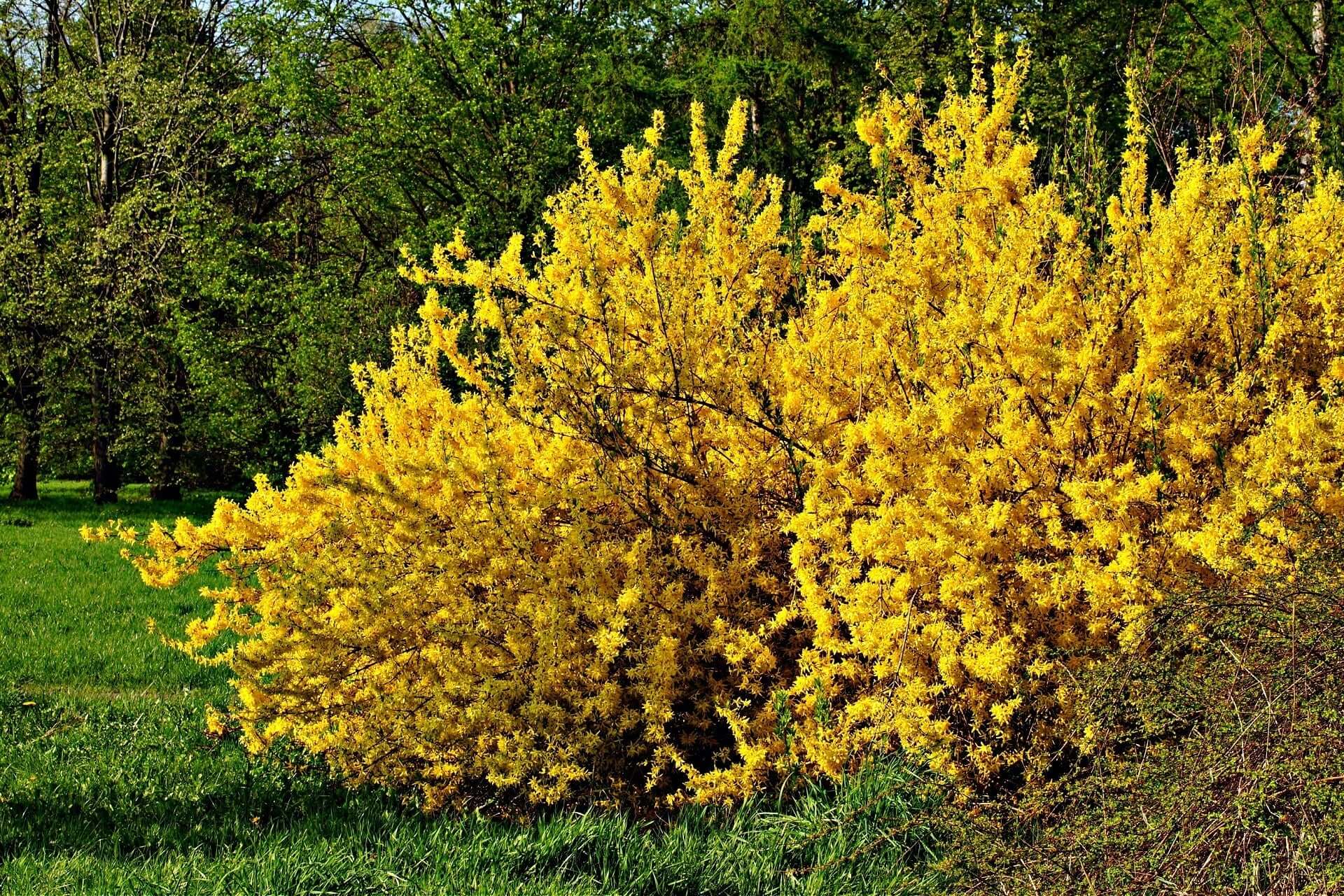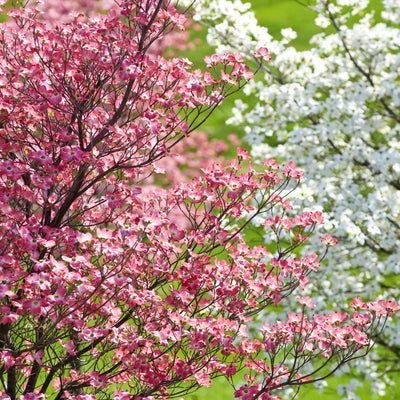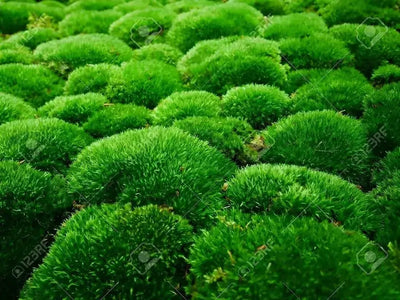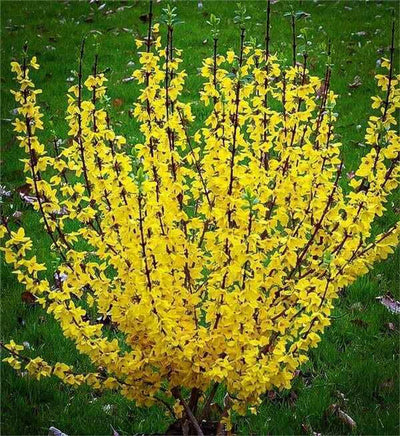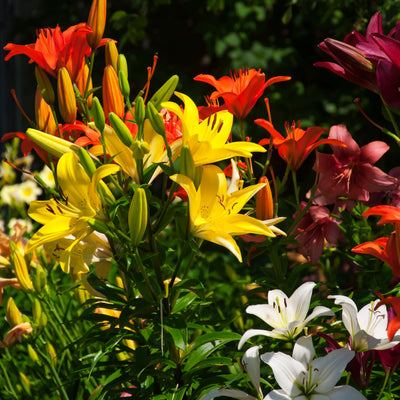Forsythia plants bloom one of the first and happiest times of the year. Their bright yellow flowers show up before the leaves do, adding a splash of color while winter is still around. Forsythia is loved by gardeners because it is tough, grows quickly and does well with little work.
You will learn about Forsythia flowering habits, planting methods, care needs, seasonal maintenance and the best companion plants to improve your landscape in this book.
This more in-depth guide includes doable steps, beginner tips and internal links to useful TN Nursery goods that will help keep the soil healthy, the roots healthy and the spring growth bright.
What Is Forsythia and Why It’s Popular
This plant loses its leaves in the fall and is known for its bright golden flowers that bloom very early in the spring.
- Forsythia is one of the most beautiful shrubs this time of year because its flowers show up before its leaves
- People like forsythia plants because they flower early, which means spring is coming and they grow quickly and don't need much care
- People who garden and want a steady burst of color with little work will like this shrub. To make a stacked, springtime look, you can put it with other spring flowers like Dogwood Trees
Ideal Growing Conditions for Forsythia
Recognizing the ideal conditions is important for promoting healthy Forsythia flowering and long-lasting shrubs.
What Sunlight Needs
It does best in full sun for forsythia. At least six hours of straight light a day helps stems grow strong and flowers grow in lots.
Preferences for Soil
The bush grows best in soil that drains well, but it can handle different types as long as there is organic matter and soil organisms.
Needs for Moisture
It's best for forsythia to have steady wetness, especially in its first year.
Tips for Optimal Growth
- Add compost to boost the variety of microbes and the health of the roots
- To keep the soil moist, mulch the base with native mosses like Cushion Moss
- Water right up to the dirt line to keep fungi from growing
If you are planting a Forsythia make sure the base is strong. This will help it grow well and flower better every spring.
How to Plant and Care for Forsythia Shrubs
When you plant a forsythia the right way, it sets the stage for its future growth.
How to Plant Forsythia
Successful steps for planting a Forsythia:
- Make a hole that is twice as big as the root ball
- Add compost and other organic matter to the dirt that has been worked up
- Plant the plant at the same depth it was at when it was in the nursery pot
- Give the earth a lot of water to make it settle
The best time to plant a forsythia is in early spring or late fall.
Forsythia Plant Care Basics
Taking forsythia plant care is easy and good for beginners. Here are some important tips:
- Water new plants once a week
- Cover the dirt with mulch to keep the temperature stable
- Use a slow-release fertilizer to keep the roots healthy
- Cut back the plant right after it flowers to keep its shape
Premium stock, like the Forsythia Shrub you can buy at TN Nursery, is the first step to growing healthy bushes.
Best Companion Plants for Forsythia
Forsythia trees look better with other plants around them because they add balance, texture and seasonal interest.
Early blooming trees, like Dogwood Trees and low-growing groundcovers, like Cushion Moss, go well together.
- Native perennials that protect soil life and increase biodiversity
- Flowering bushes that add color to the landscape all year
Putting Forsythia with plants that grow at the same time as it does makes a landscape that looks professional and has many levels.
How to Pick the Right Companion Plants
- Choose plants that like the same amount of sun and dirt
- Change the heights to add depth
- Add evergreen plants to keep the structure all year
Plants that go well with Forsythia flowering and add texture to the yard are great companions.
Seasonal Maintenance Tips for Healthy Blooms
Forsythia maintenance tips that are followed can ensure that the plant will flower profusely every spring.
Spring Care:
- Clean up around the roots by removing any winter waste
- Feed with garbage to increase the variety of microbes
- Hard prune right after the flowers die off
Summer Care:
-
Water plants when there is a drought
- Pests rarely bother forsythia, but you should still check for them
- Cut off any loose branches to keep the shape
Get Ready for Fall and Winter
- Cover the roots with dirt to keep them warm
- Don't do a lot of trimming in the fall
- Keep young shrubs safe from strong cold winds
Seasonal care that is done regularly supports steady growth and encourages early blooming.
Common Mistakes to Avoid
When taking forsythia plant care don't do these usual mistakes:
- Cutting back the tree at the wrong time, which gets rid of the flower buds
- Planting in a lot of shade, which hurts blooming
- Giving plants too much water, which can damage the roots
- Not caring about the quality of the earth or the amount of organic matter in it
These mistakes can make plants less likely to bloom, grow slowly, or get stressed. A Forsythia shrub will live a long time and look great if you follow the right Forsythia maintenance tips.
How to Prune Forsythia for Best Blooms
Forsythia needs to be pruned regularly to stay healthy and bloom.
Advice on How to Do It Right
- Prune right after they flower in the spring
- Cut off a third of the oldest stems to let more air flow
- Cut twigs off close to the ground to help new shoots grow
- Give the bush shape by cutting it gently around the edges
How to prune Forsythia properly guarantees that the buds for the following year are not damaged and that the flowering is not compromised.
In conclusion
Forsythia is a great shrub for farmers who want early color, blooms that bloom every year and easy care. You can enjoy beautiful yellow flowers every spring with just a few simple steps, some seasonal care and some partner plants. Every year, forsythia plants show how beautiful and hardy they are, no matter how much experience the grower has.
FAQs
What is special about Forsythia?
Forsythia is one of the first plants to bloom in the spring. Its bright yellow flowers show up before its leaves do. It's great for people of all skill levels because it doesn't need much upkeep.
Is Forsythia a good foundation plant?
Yes. Because it grows quickly and changes colors with the seasons, forsythia is a good choice for a base plant.
How fast will Forsythia grow?
When things are just right, forsythia can grow up to two feet a year.
Where is the best place to plant Forsythia?
It should be planted in full sun in soil that drains well and has compost added to it.
How do I prune Forsythia for best blooms?
Cut back plants right after they flower. Get rid of old stems, form the bush and don't prune it in the late season.
